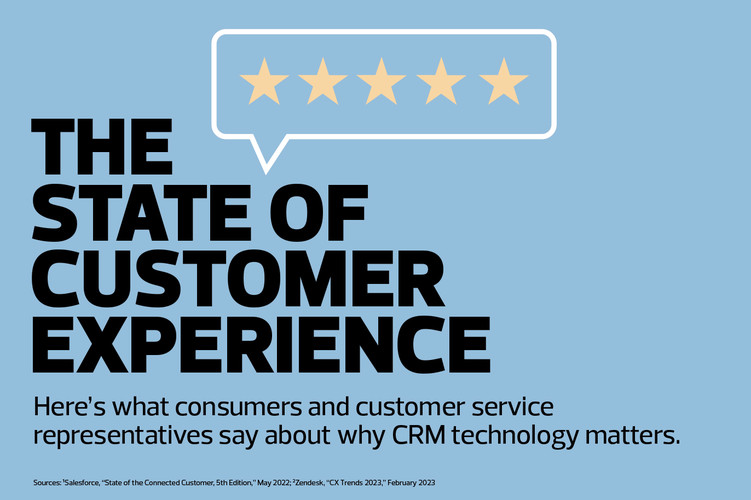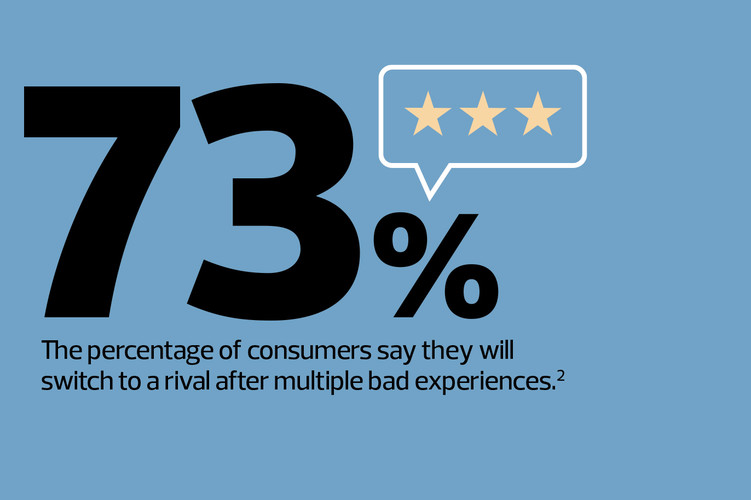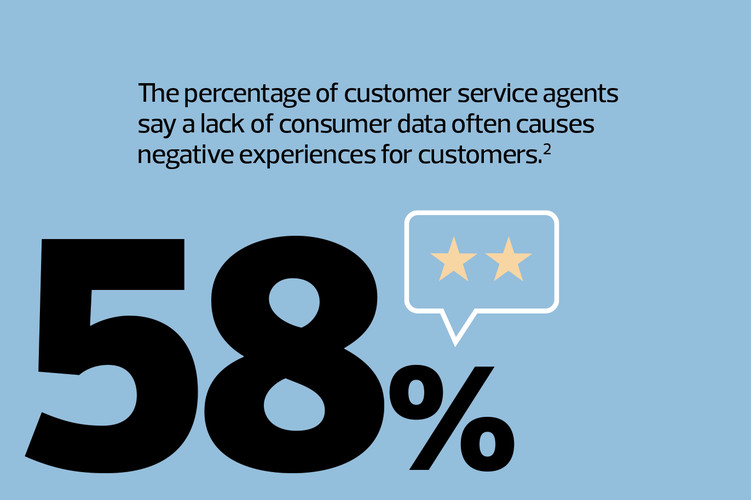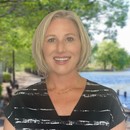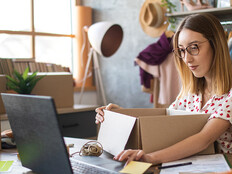Why CRM Tools Are Vital for Growth
When small businesses and nonprofits are just starting out, it’s common for them to maintain customer information in spreadsheets or Google Docs. As they grow, however, that becomes untenable. That’s when cloud-based CRM software from companies like Microsoft, Oracle, Salesforce and Zendesk become vital.
CRM tools enable organizations to manage their sales, marketing and customer service operations. The software offers a full view of customers, including sales history; interactions; and visibility into sales leads, opportunities and customer service requests, says Forrester Research analyst Kate Leggett.
“It’s a foundational tool that your front office can use to manage customer interactions, view where customers are in their journey, strengthen the relationship and keep them loyal, which impacts your revenue,” she says.
David Bergeron suggests that businesses deploy CRM early on because it’s easier to implement business processes when companies are still young and growing. Bergeron did just that as president of T3 Advisors, a national commercial real estate consulting firm.
“It’s harder to implement change later, especially when you start having success as an organization, and momentum really matters,” he says.





